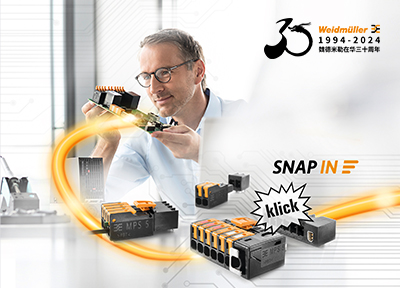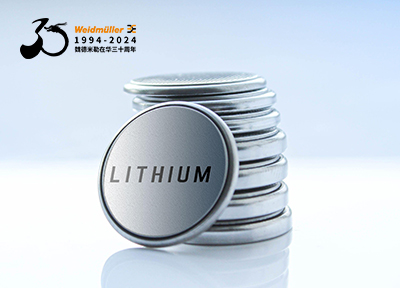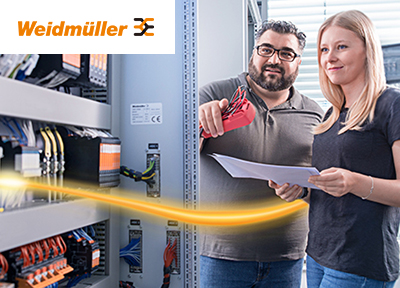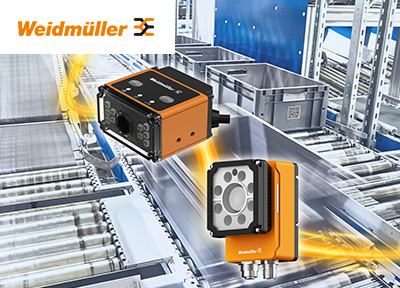In the face of economic uncertainties and increasing environmental concernsCONTROL ENGINEERING China版权所有, many businesses are trying to make their operations more lean, efficient, and environmentally friendly. Examining your electricity bill is a good place to start. The top consumers of electricity are HVAC systems, water heating, lighting, office equipment, and machinery. More specifically控制工程网版权所有, the motors within these machines are responsible for approximately two-thirds of the total electrical energy consumption in a typical industrial facility. To improve the efficiency and lower operating costs of motors in your enterprise, consider the following factors.
High efficiency motors
A motor running at 50% efficiency is converting only half of the electrical power into useful mechanical work. The rest is wasted. This makes the extra investment in efficient motors prudent since electricity costs make up 96% of the total life cycle costs of a motor. According to the U.S. Department of Energy (DOE), switching to a motor with a 4-6% higher efficiency rating can pay for itself in two years if the motor runs more than 4,000 hours a year.
Unfortunately控制工程网版权所有, simply replacing existing equipment is a luxury. Many facilities host motors that are very large and costly to replace. Hence, users are always looking for ways to squeeze more efficiency out of existing assets. The key to reaping savings could lay in the drive Control algorithms and implementation of commercial-off-the-shelf (COTS) hardware. Essentiallywww.cechina.cn, when you cannot replace the motorwww.cechina.cn, replace the algorithm and controller to achieve better efficiency. With high computational power silicon devices, such as the Virtex or Spartan FPGAs from Xilinx, along with available commercial off the shelf (COTS) hardware like National Instruments’ CompactRIO, one can rapidly proto
 用户中心
用户中心
-
 子站
子站 -
 技术
技术 -
 社区
社区
Using Algorithms to Increase Motor Efficiency
www.cechina.cn2009.10.20阅读 7346
标签:Control,
版权声明:版权归控制工程网所有,转载请注明出处!
图说工控
更多+
燃情自动化——2017北京国际工业智能及自动化…
2017年05月18日
探秘“数字化工厂”
2016年07月18日
迈向工业4.0——西门子引领数字化企业进程
2016年07月18日
"智·变 赢未来",PHIIDF 2016燃情北京!
2016年06月01日ABB自动化世界2016闪耀武汉 展示“物联网+”领先…
2016年05月24日

 在线会议
在线会议 论坛
论坛 专题
专题 工控直播
工控直播 新闻中心
新闻中心 子站
子站 技术
技术 社区
社区


 剑维软件电子半导体行业白皮书有奖下载
剑维软件电子半导体行业白皮书有奖下载 魏德米勒麒麟系列产品赋能本土工业
魏德米勒麒麟系列产品赋能本土工业 Fluke 283 FC 智能万用表震撼来袭
Fluke 283 FC 智能万用表震撼来袭 SugonRI2.0工业编程平台免费有奖试用
SugonRI2.0工业编程平台免费有奖试用 IDEC HR8S系列新一代安全继电器有奖试用活动
IDEC HR8S系列新一代安全继电器有奖试用活动























